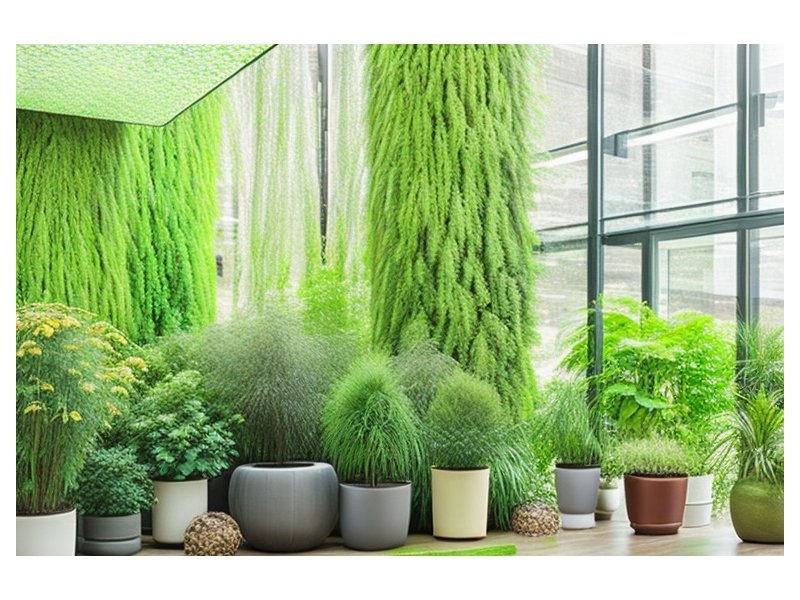
Introduction:
In today's fast-paced and technology-driven world, it's becoming increasingly important to create living environments that promote health, well-being, and a sense of connection to nature. One powerful way to achieve this is through biophilic design, a concept that embraces the innate human need to be surrounded by nature. By incorporating plants and natural elements into residential spaces, we can unlock the potential for improved physical and mental health, increased productivity, and enhanced overall quality of life. In this blog post, we will explore the benefits of biophilic design and provide practical tips for incorporating plants into your home to create a sanctuary of well-being.
1. Enhancing Air Quality and Reducing Stress:
Plants are nature's air purifiers. Through a process called photosynthesis, they absorb carbon dioxide and release oxygen, improving the air quality in our surroundings. By introducing plants into our homes, we can reduce indoor air pollution and create a healthier living environment for ourselves and our loved ones.
Moreover, studies have shown that exposure to nature and greenery can significantly reduce stress levels. The presence of plants in residential spaces has been linked to decreased blood pressure, heart rate, and anxiety. By bringing the outdoors inside, we can create a calming atmosphere that promotes relaxation and mental well-being.
2. Boosting Productivity and Creativity:
Biophilic design has been proven to enhance productivity and creativity. Research indicates that incorporating plants and natural elements into workspaces or study areas can improve concentration, focus, and cognitive performance. Plants have a positive effect on our brain function and help to combat mental fatigue, leading to increased productivity and overall satisfaction with our living and working environments.
3. Connecting with Nature and Restoring Balance:
Living in urban environments often disconnects us from nature, leading to feelings of isolation and disconnection. By introducing plants and natural elements into our homes, we can create a bridge between the built environment and the natural world. Surrounding ourselves with greenery not only helps to restore the balance between humans and nature but also provides a sense of connection and harmony.
4. Practical Tips for Incorporating Plants:
a) Choose plants that thrive indoors: Consider factors such as lighting conditions, temperature, and humidity when selecting indoor plants. Some popular choices include pothos, snake plant, peace lily, and spider plant, as they are relatively low maintenance and adapt well to indoor environments.
b) Create green focal points: Strategically place larger plants or vertical gardens to create a visual centerpiece and bring a sense of nature into your living space. This can be achieved through using plant stands, hanging planters, or installing living walls.
c) Integrate natural materials: Incorporate natural materials such as wood, stone, or natural fibers into your home decor to evoke a sense of nature. This can be achieved through furniture, flooring, or accessories like woven rugs and jute curtains.
d) Embrace natural light: Maximize natural light by keeping windows unobstructed and using sheer curtains or blinds. Natural light not only benefits the growth of plants but also enhances the overall ambiance and well-being of the space.
e) Consider functional plants: Some plants not only beautify your space but also offer practical benefits. For example, aloe vera can be used for its medicinal properties, while herbs like basil or mint can be grown in the kitchen and used for cooking.
Conclusion:
Incorporating biophilic design in residential spaces through the inclusion of plants and natural elements is a powerful way to improve health, well-being, and overall quality of life. By consciously connecting with nature and creating an environment that reflects our inherent need for greenery, we can reap numerous benefits, from enhanced air quality and reduced stress to increased productivity and creativity. So, why not embark on this journey to transform your living space into a haven of well-being, where the power of plants can nurture your body, mind, and soul?
Share This News